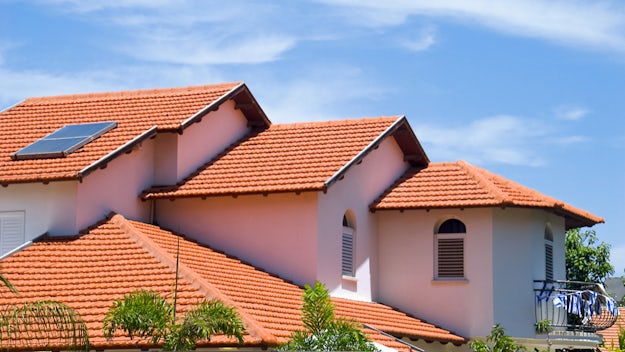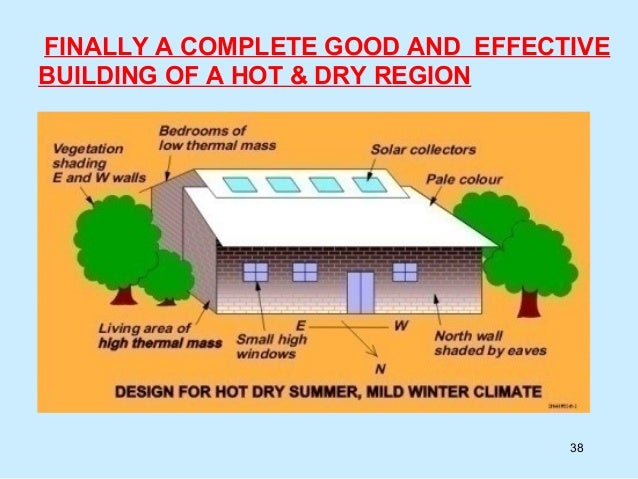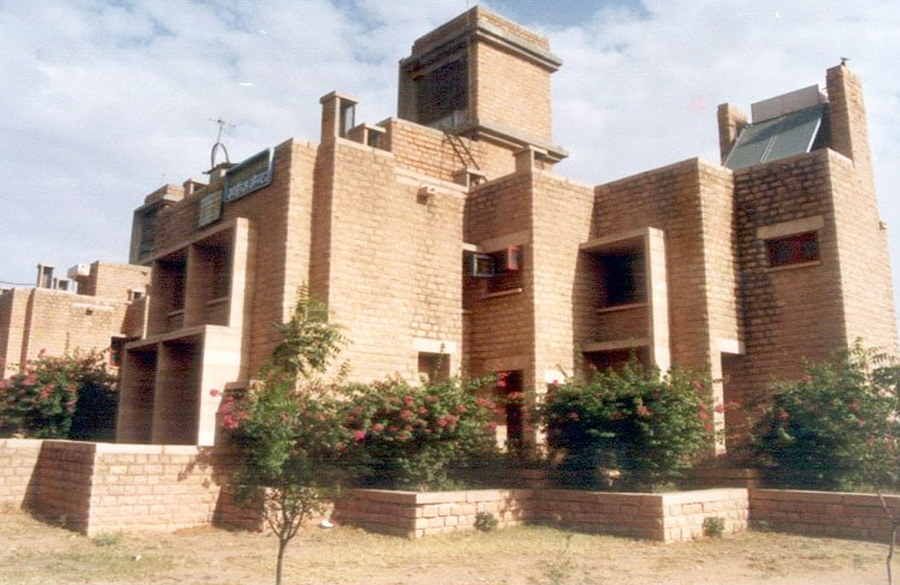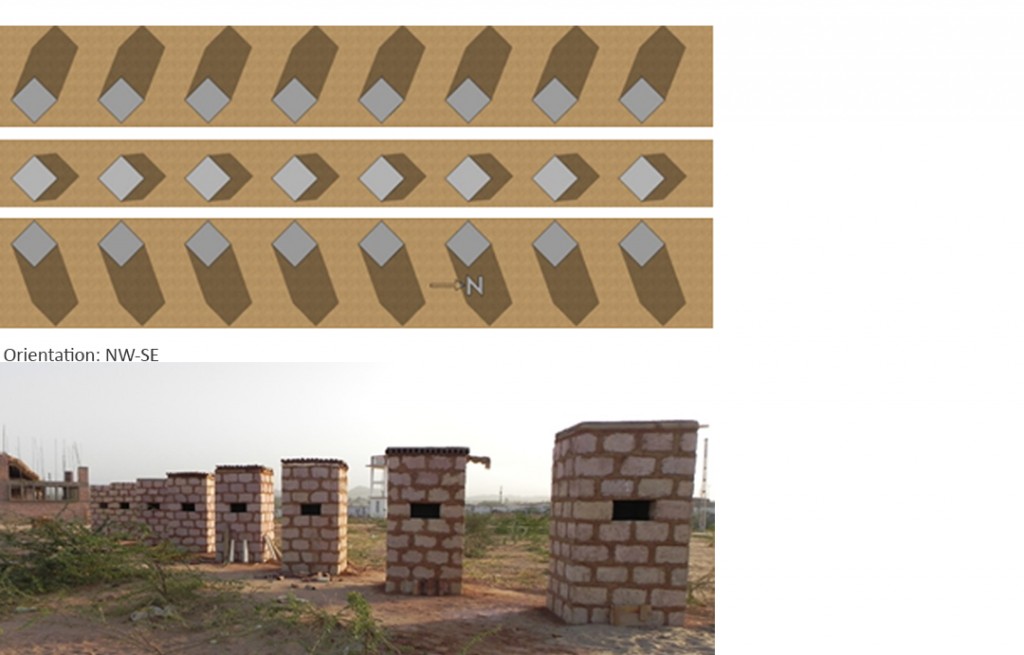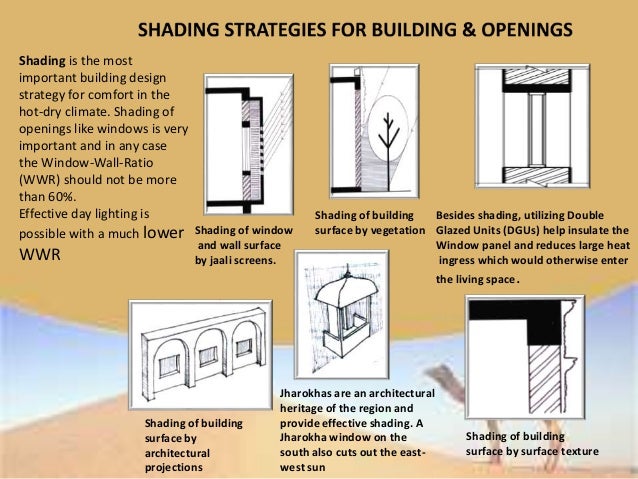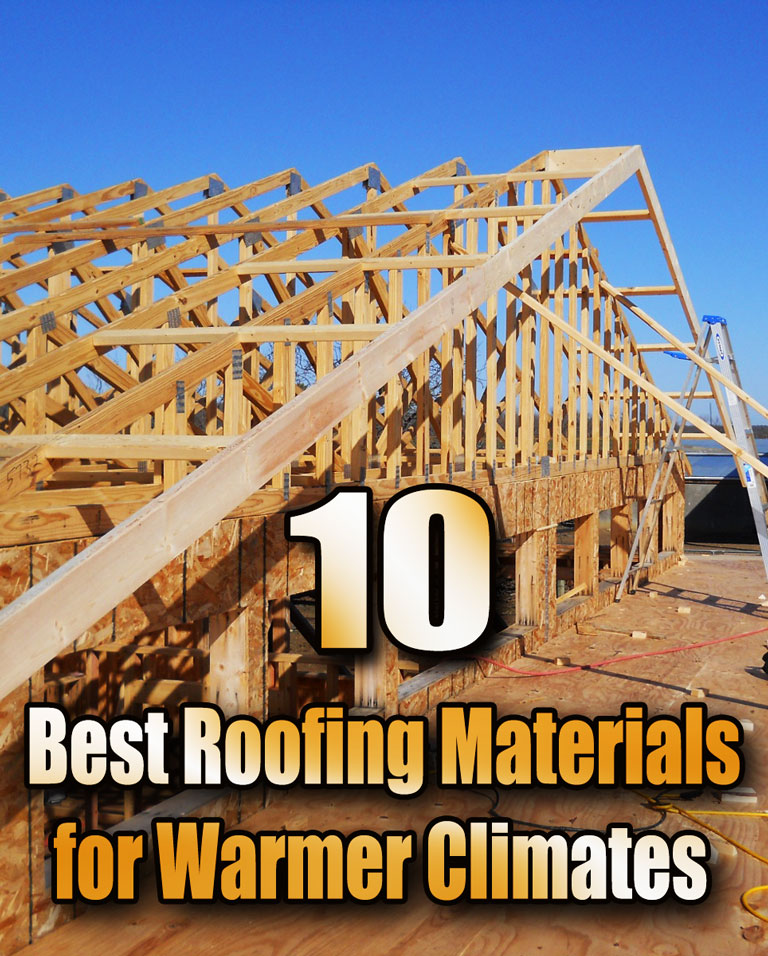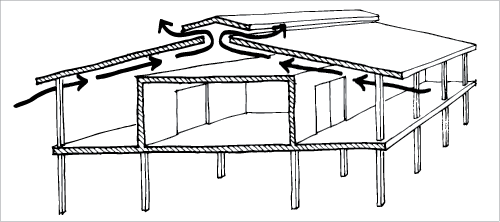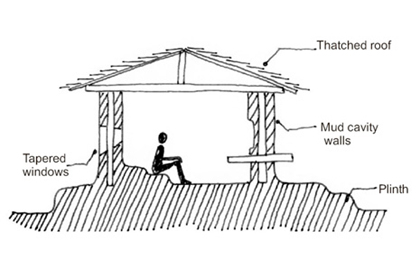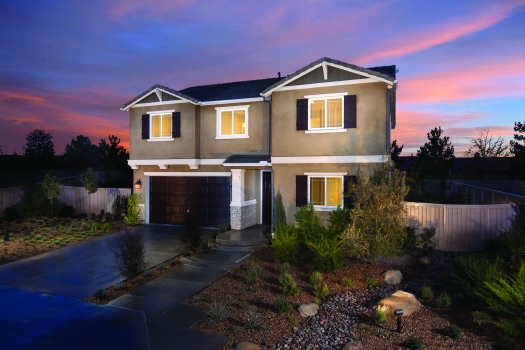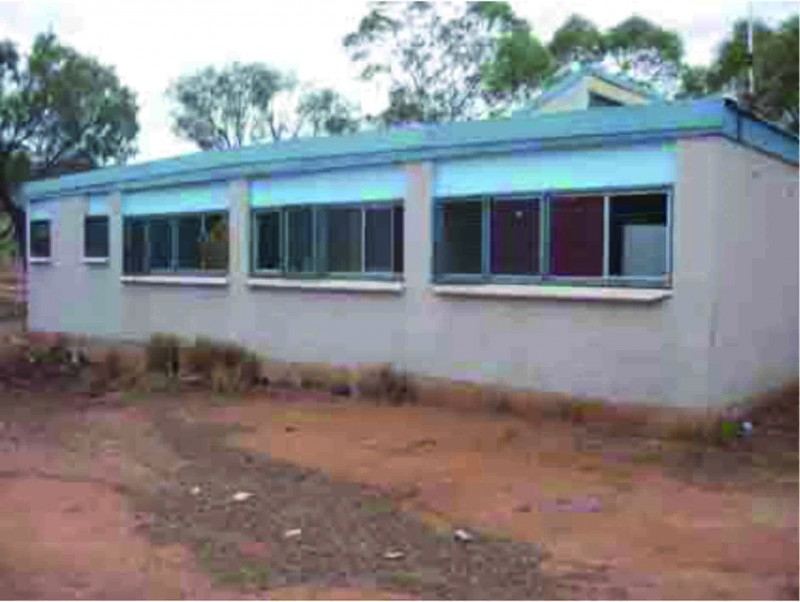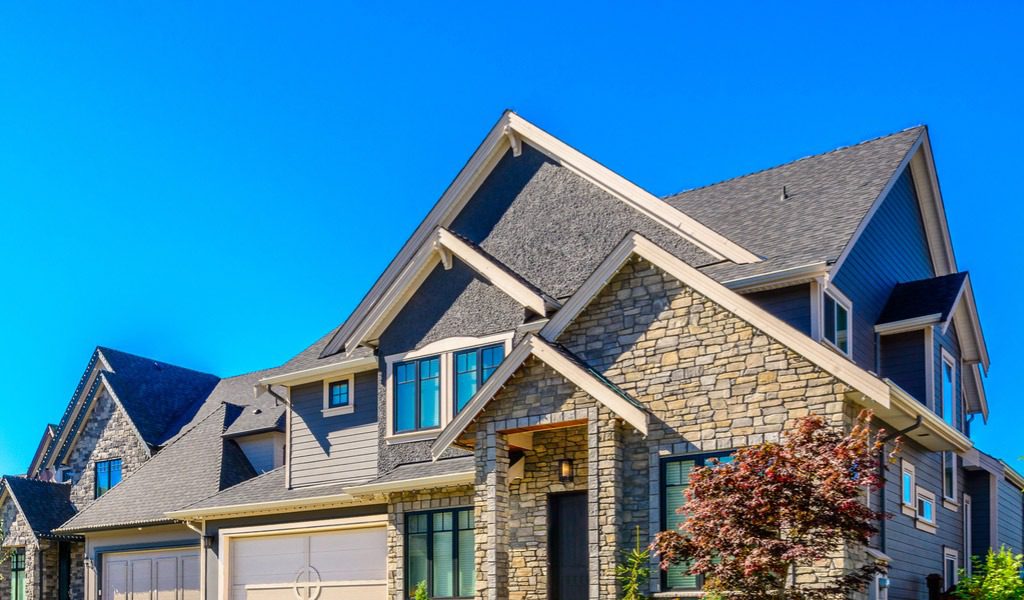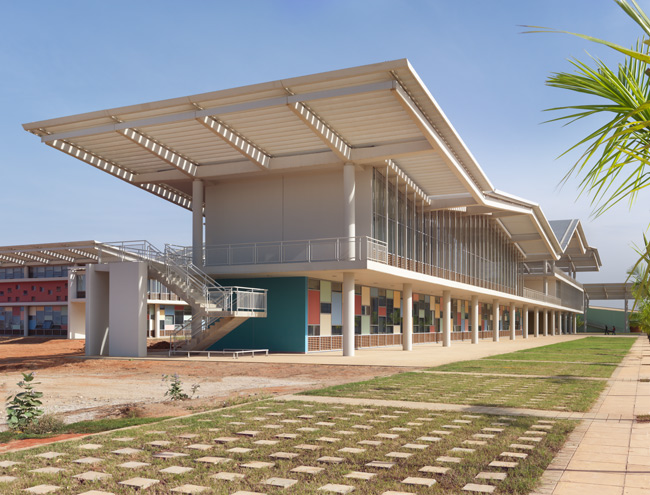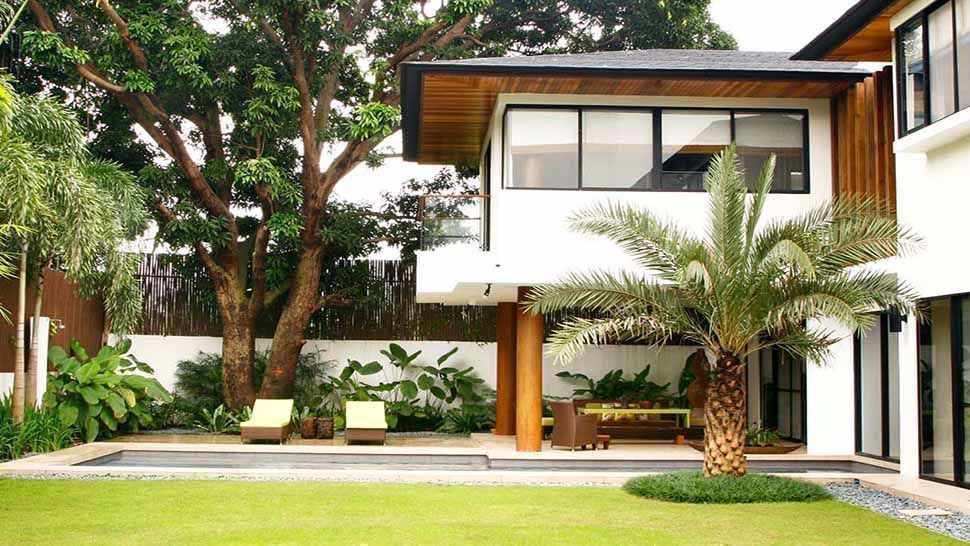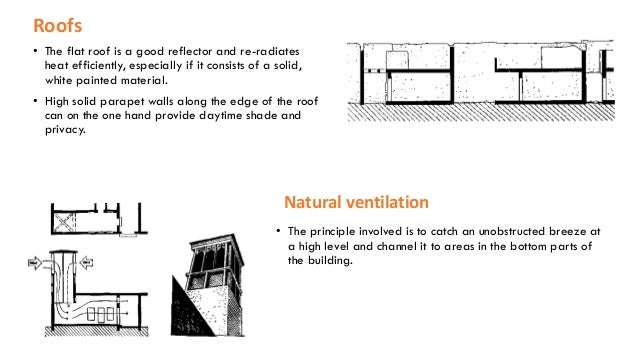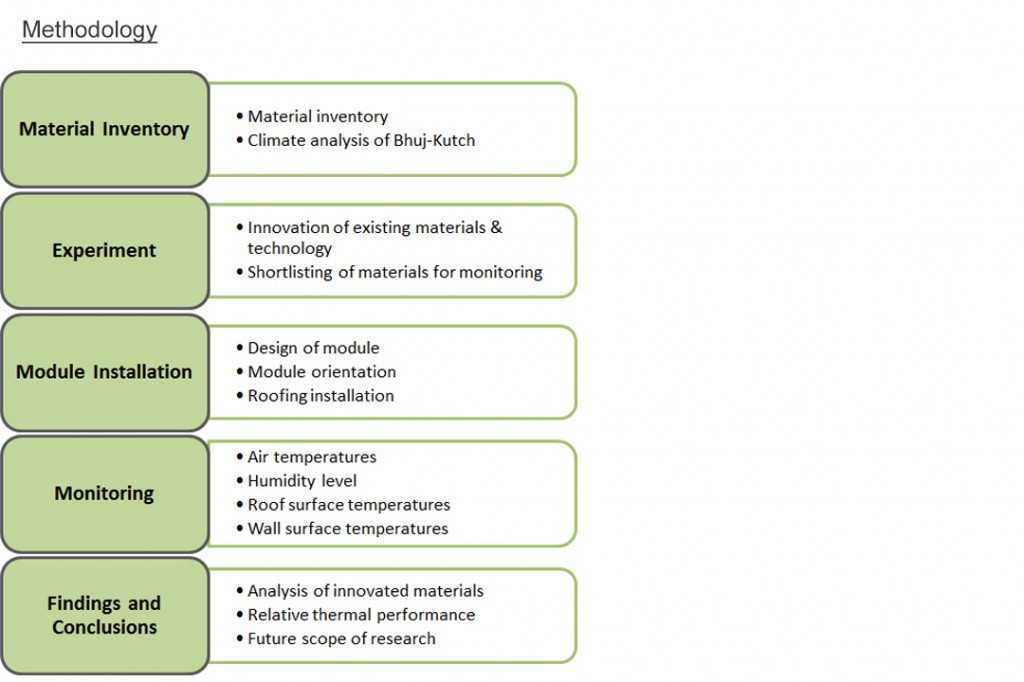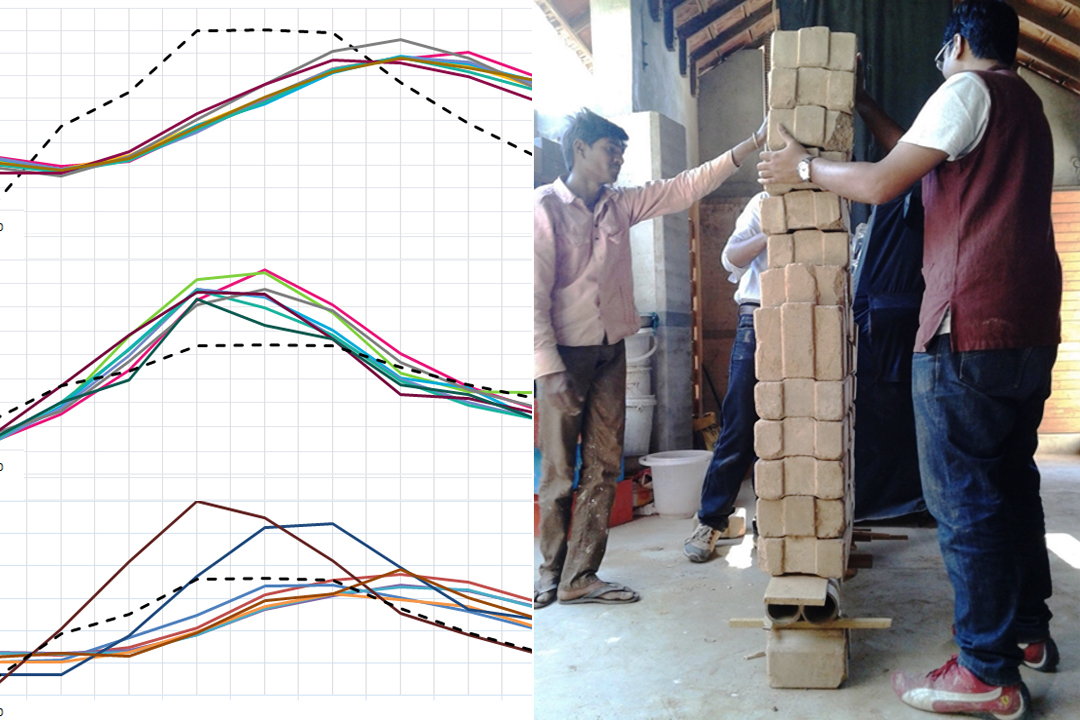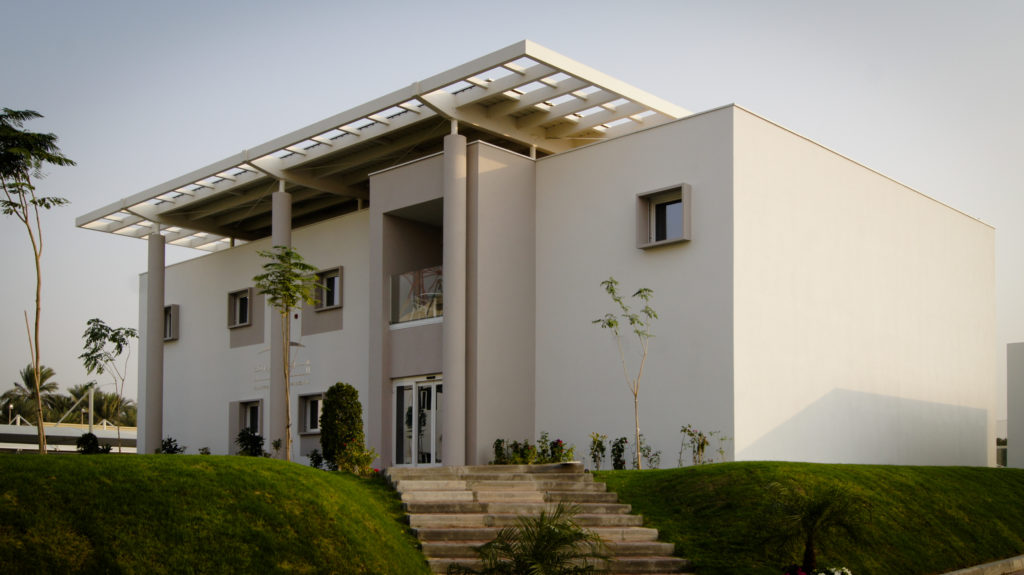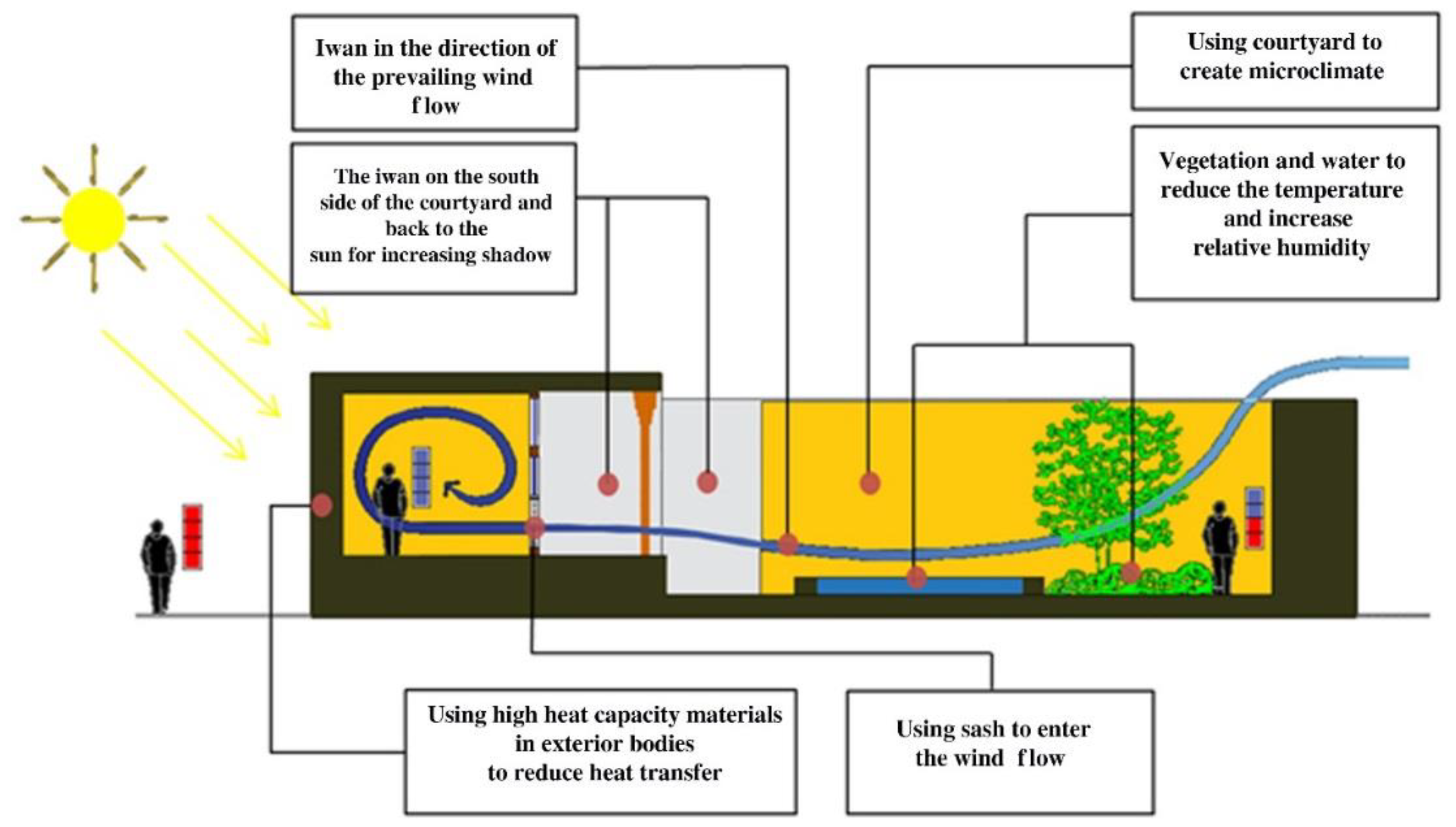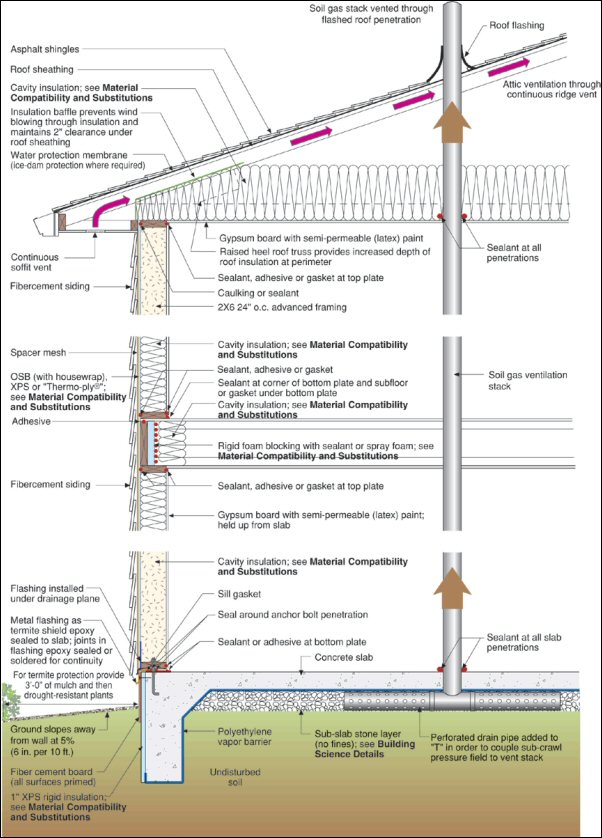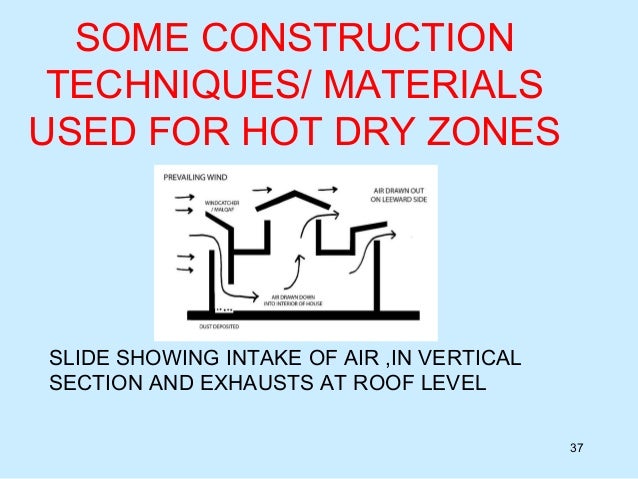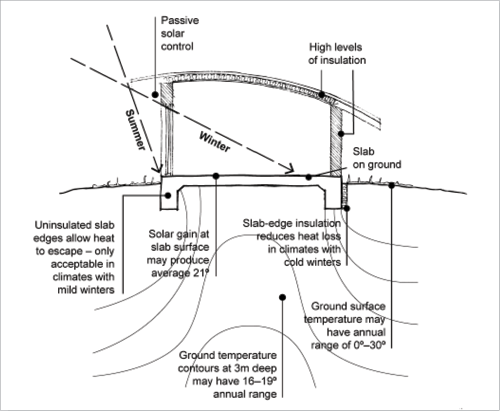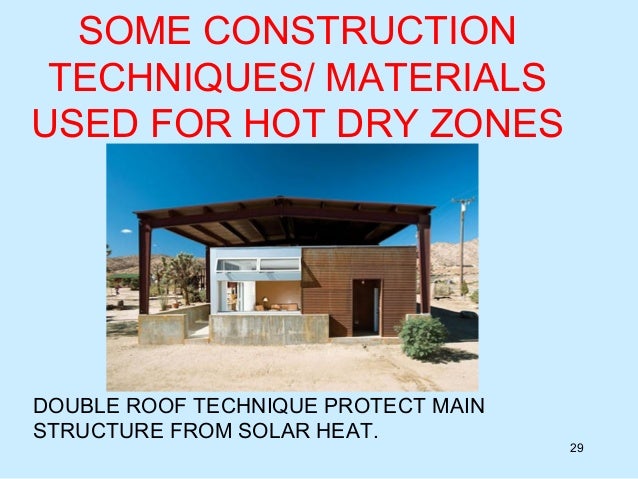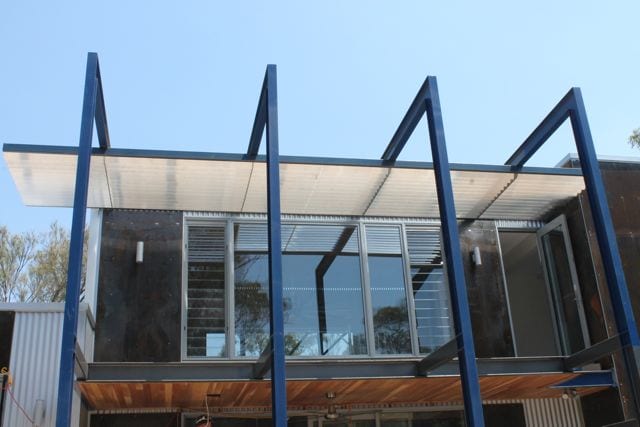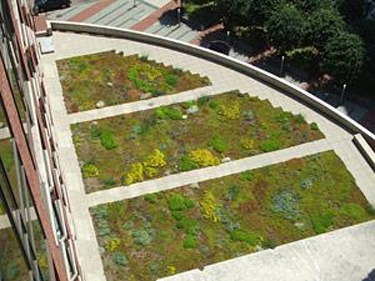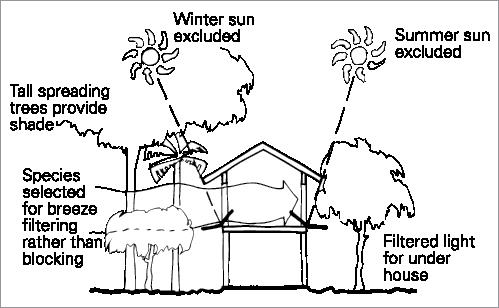Roof Design For Hot And Dry Climate
Designs and houses with unvented roof insulation systems have also been developed and constructed in cold and mixed climates.

Roof design for hot and dry climate. Concrete makes a great option for those who like the thermal properties of terra cotta but not the price. In hot and dry climate the buildings receive solar radiations throughout the year and to achieve thermal comfort indoors mechanisms are needed for cutting down the heat gain by the surfaces of the building. It is the membrane painted over the top of the foam that you want to be as reflective and emissive as possible. However the high interior humidities found in buildings located in hot humid zones during the winter months do not always meet the 45 interior relative humidity criteria.
Unfortunately im a stubborn sort notorious for paying zero attention to advice or practicalities. The thickness of this material means it takes longer to heat in the sun and hence longer to absorb that heat back into your home. Slab concrete is a cheap although heavy solution for hot weather roofs. The optimum systems developed to date are dependent on the climate location.
Rubber roofing will be painfully hot if you are working on it in the summer and it will draw heat into the house. Over the past five years several unvented roof insulation systems have been developed by the building science consortium for use primarily in hot dry and hot humid climate zones. Hot and dry climate 3 this type of climate prevails around 15 degree from equator in the northern hemisphere and 30 degrees from equator in southern hemisphere. Second metal roofs lose any gained heat very quickly to the sky when the sun sets or goes behind a cloud or even when a slight breeze blows.
First light colored metal roofs or metal roofs with special pigments in dark colors reflect radiant heat. Although its possible to find light shades of asphalt shingles they are still darker than many metal and tile colors. Clay roof shingles for heat. Like slate clay is a natural product and is therefore eco friendly and easy to recycle.
The major obstacle to low cost housing in the developing countries regardless of setting or sophistication is the lack of a low cost roofing material that will provide satisfactory performance. One role of your roof in your climate is to act as a giant shade device for your home. Thermal resistant impervious to fire and available in rich earthy tones clay tile roofs are an attractive choice for homeowners who love rustic architectural nuances and who want to beat the heat. Both hot humid and hot dry climate zones meet the 450f roof deck criteria.
Roofs are in maximum contact with sun thus affect the ambient temperature to a great extent. Therefore the only zone that meets both of these requirements is the hot dry hygro thermal region. But for the hot and the dry. Other roofing materials capture and retain the suns heat.
The more heat you reflect away the easier the battle for your insulation to slow the migration of the rest of it. Green roofs are perfect for cool wet climates.

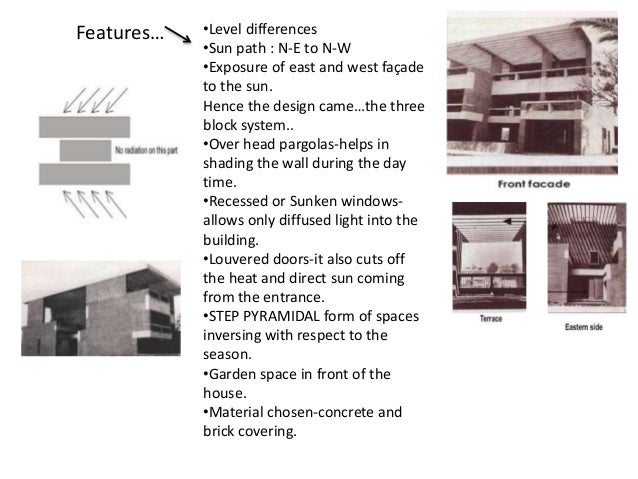





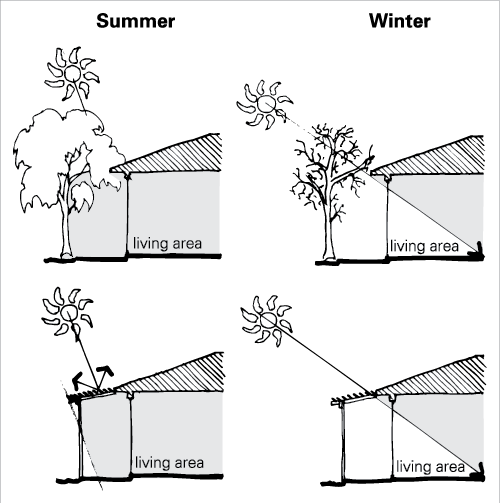
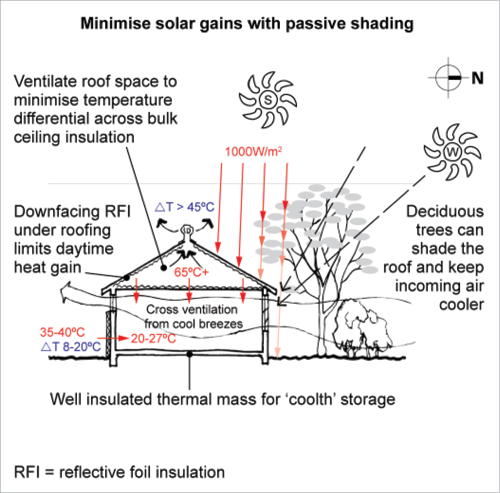


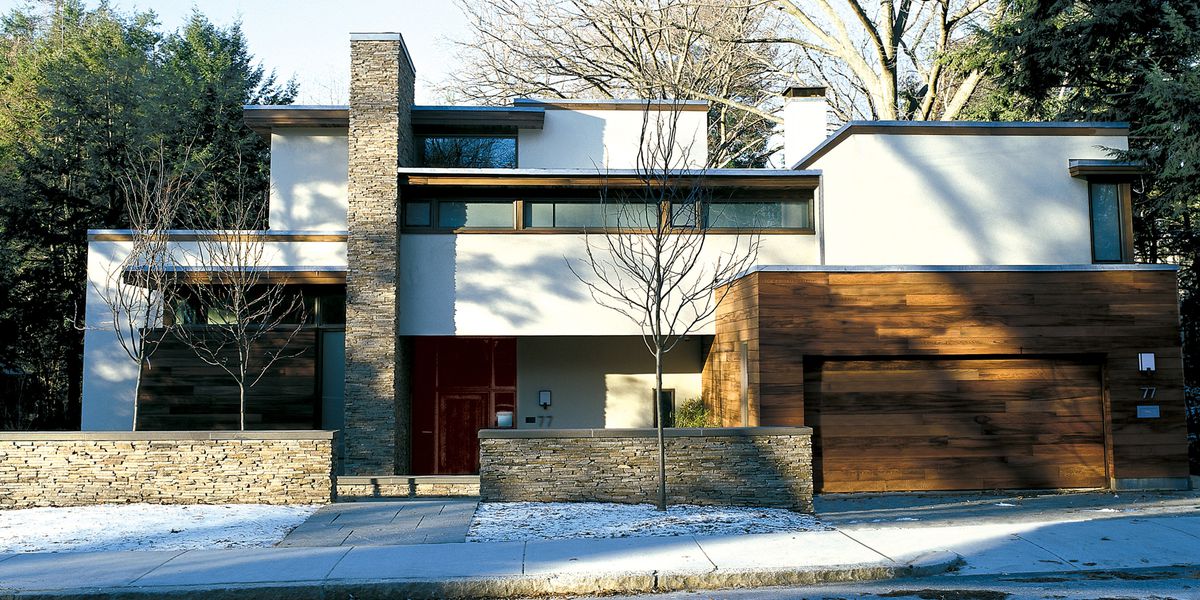





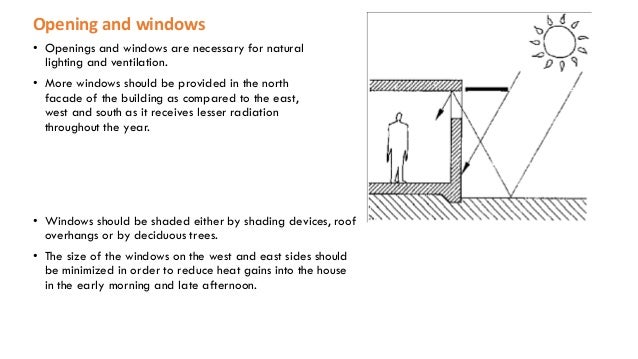
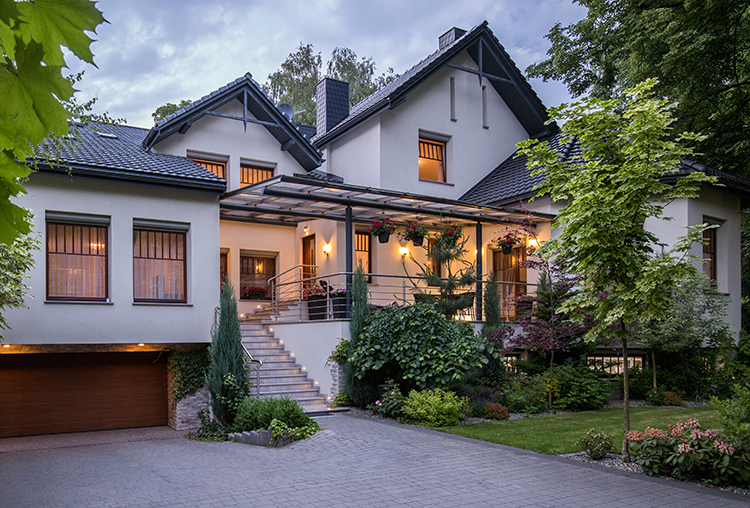
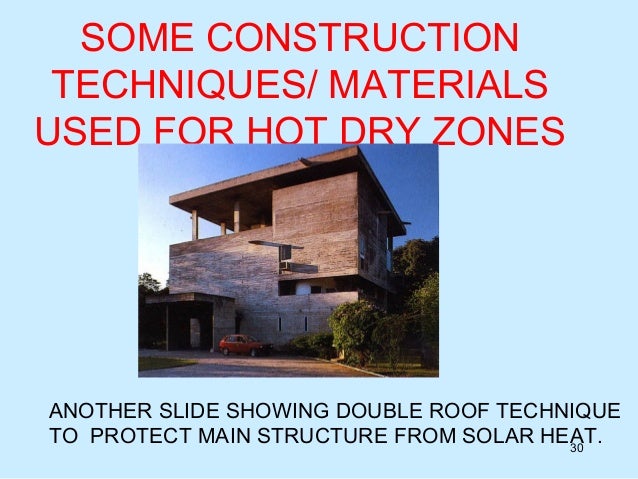



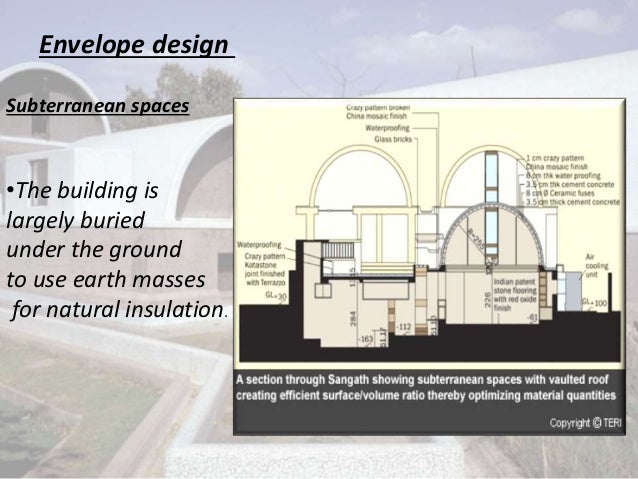
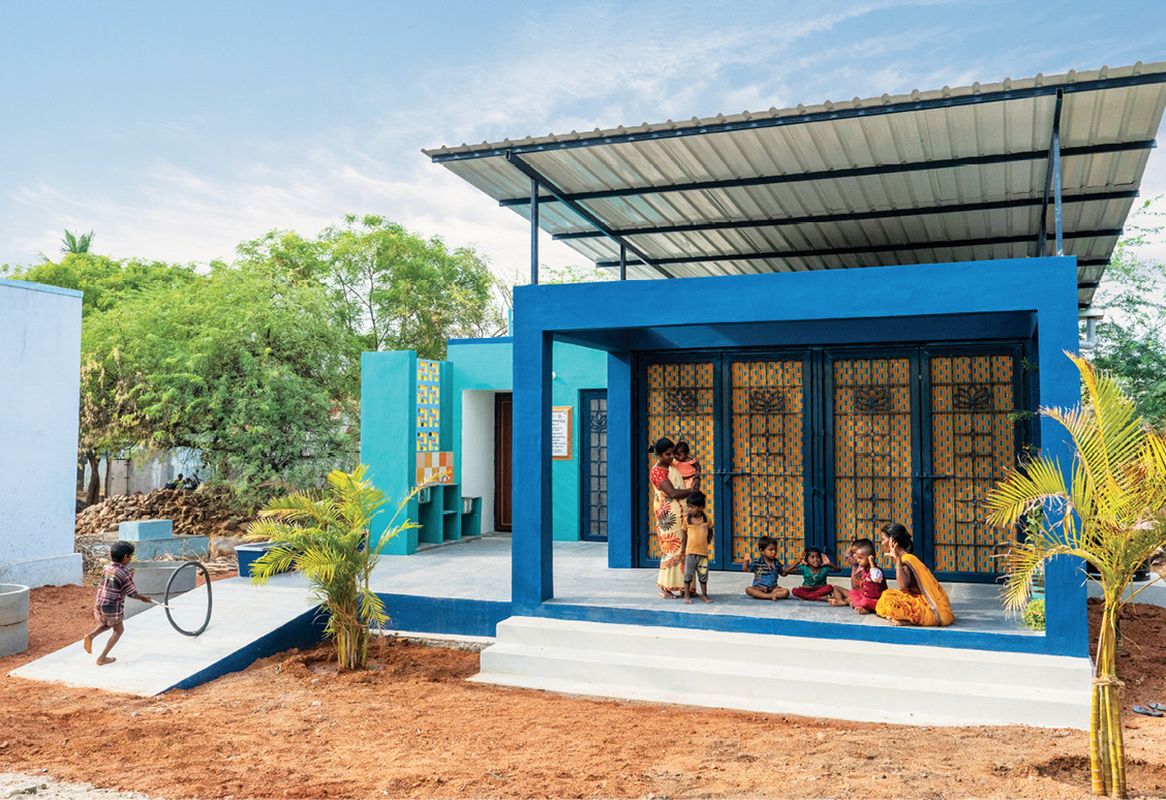
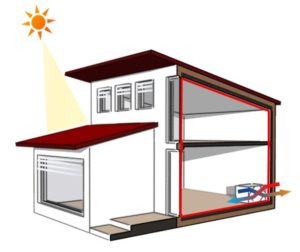


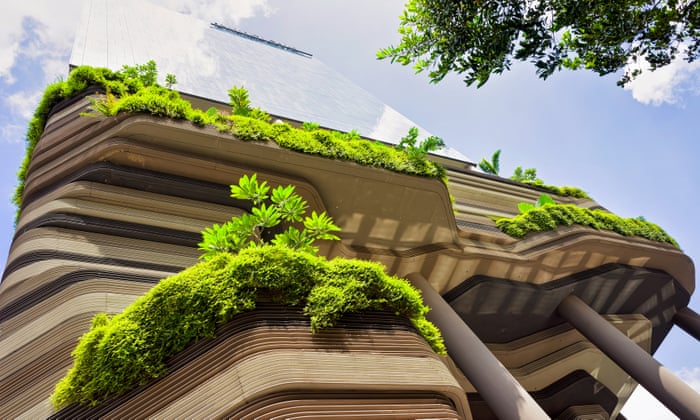


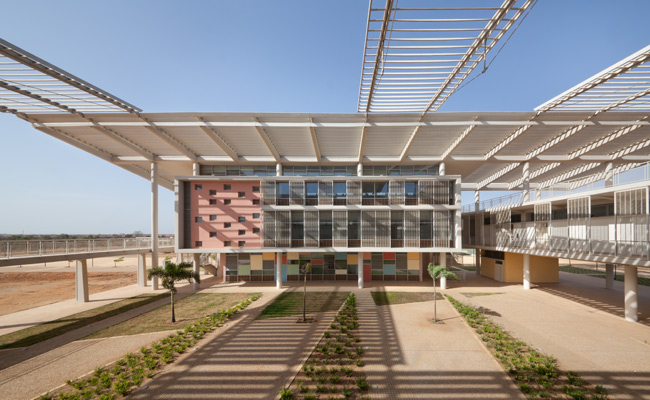

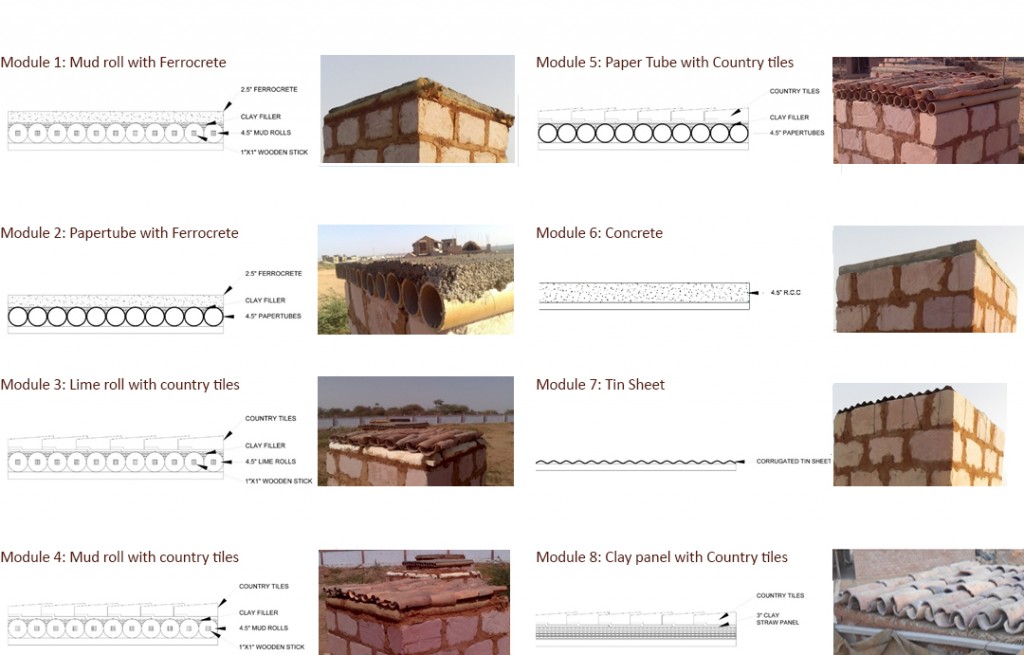




/__opt__aboutcom__coeus__resources__content_migration__treehugger__images__2017__01__concave-roof-bmdesign-studios-1-57bb207cdd3146b0b87c21a2088c9bca.jpg)
